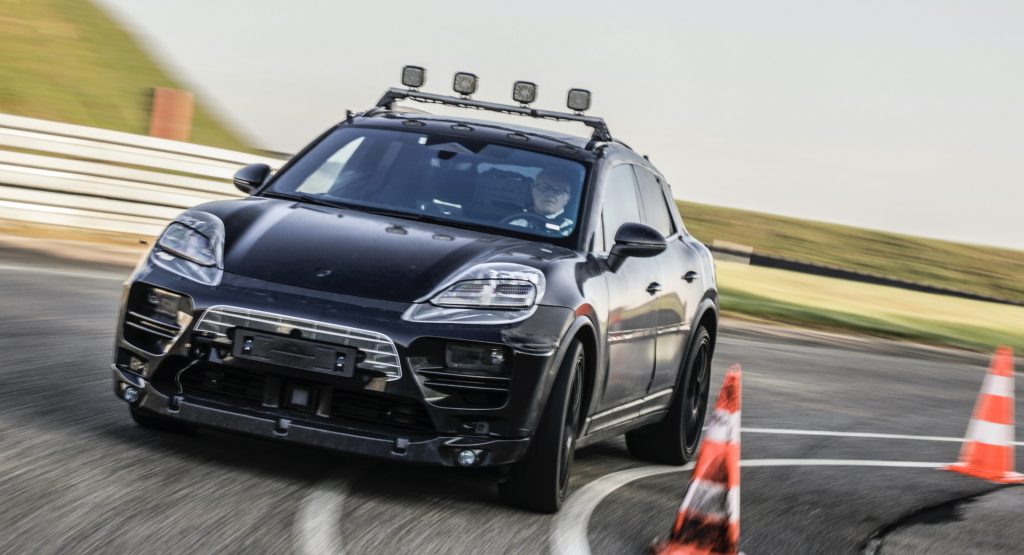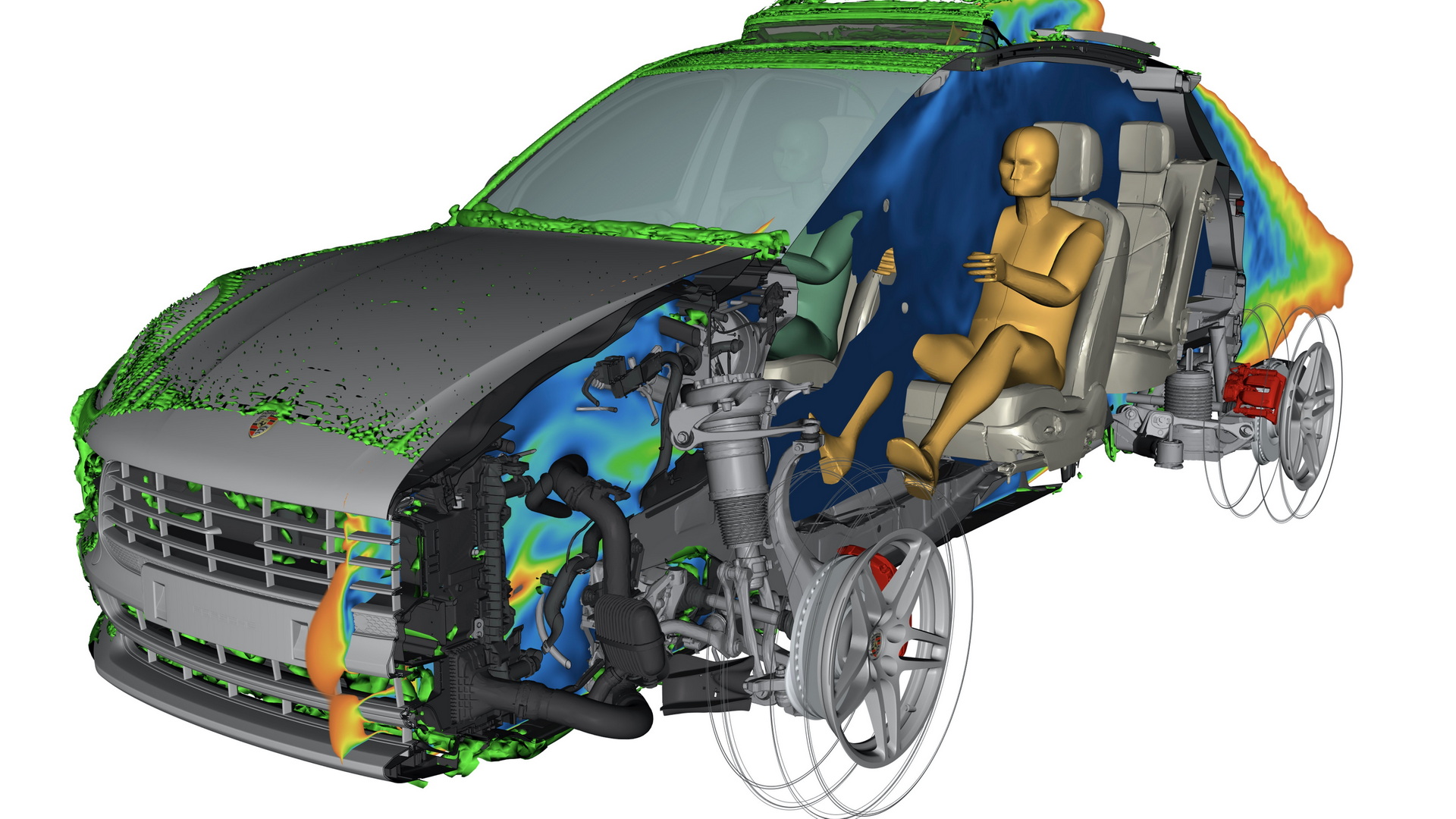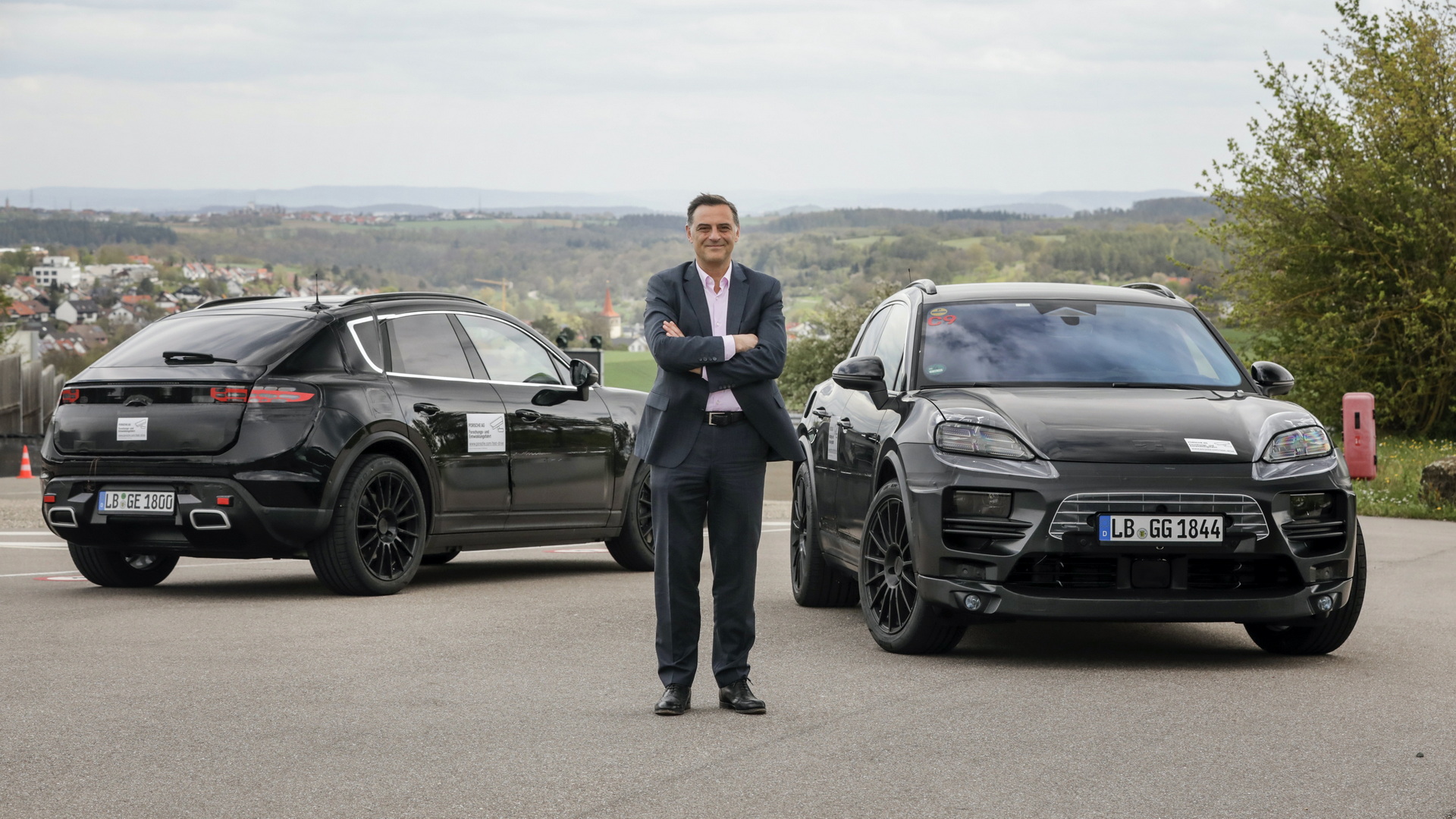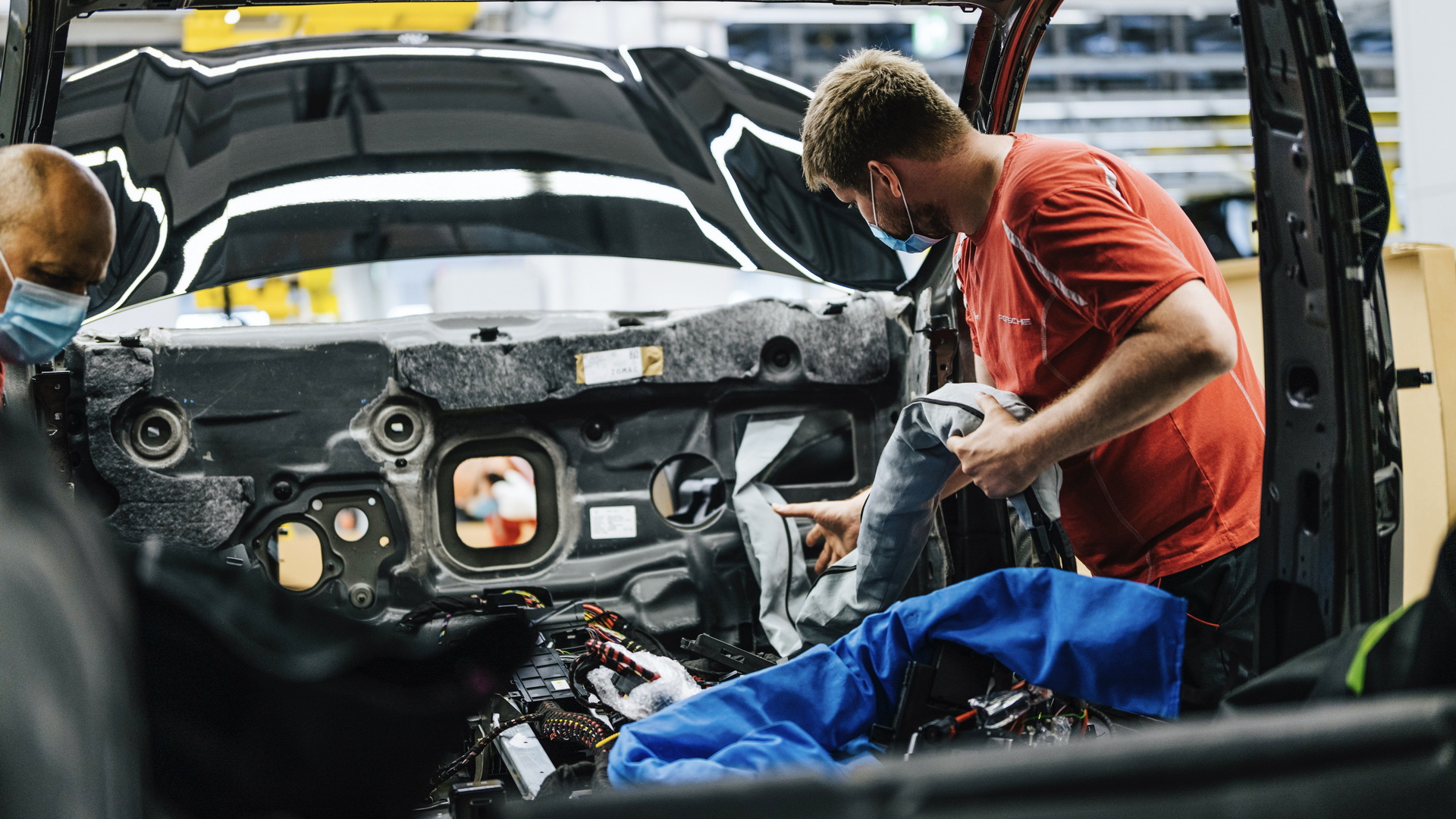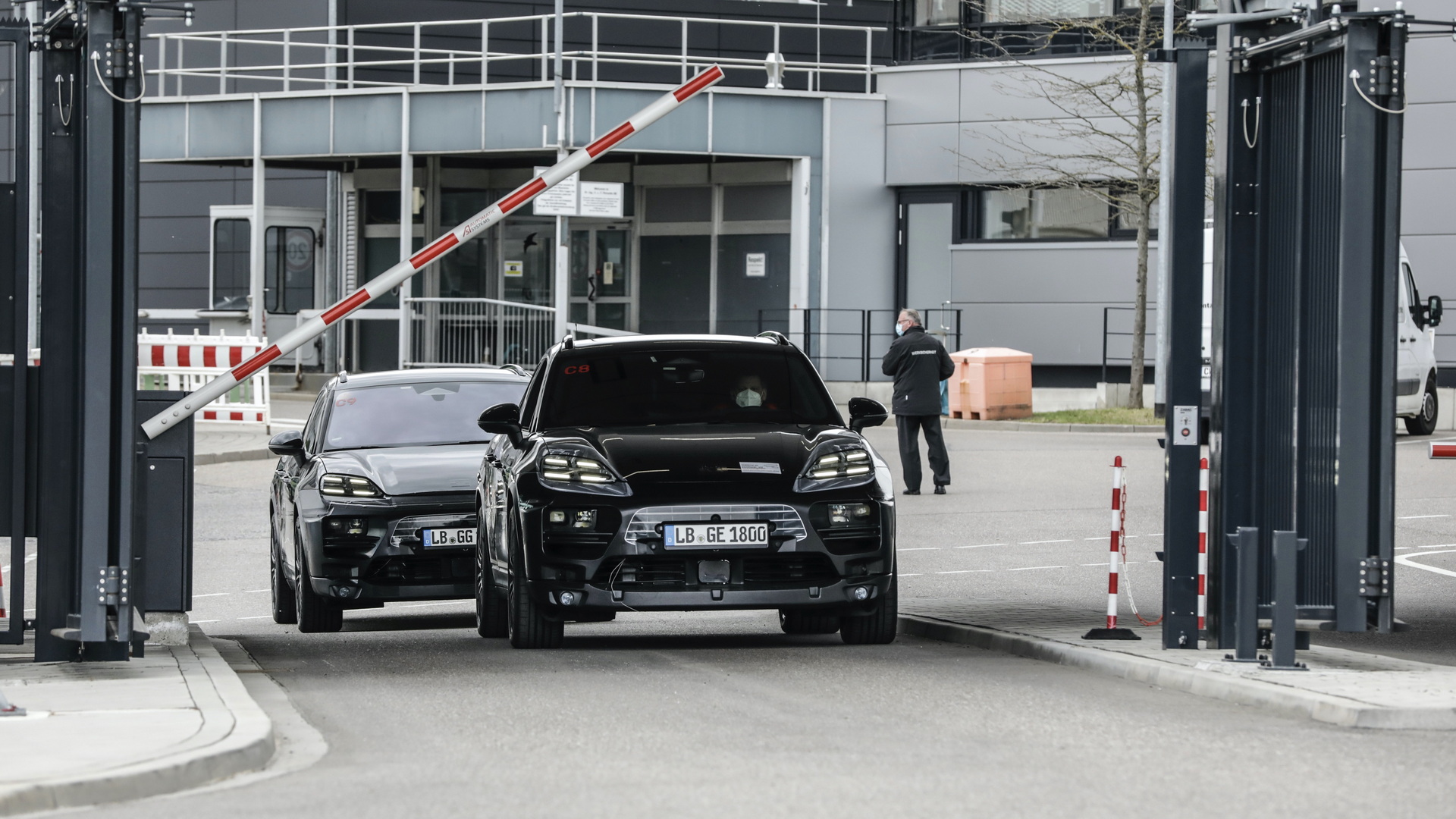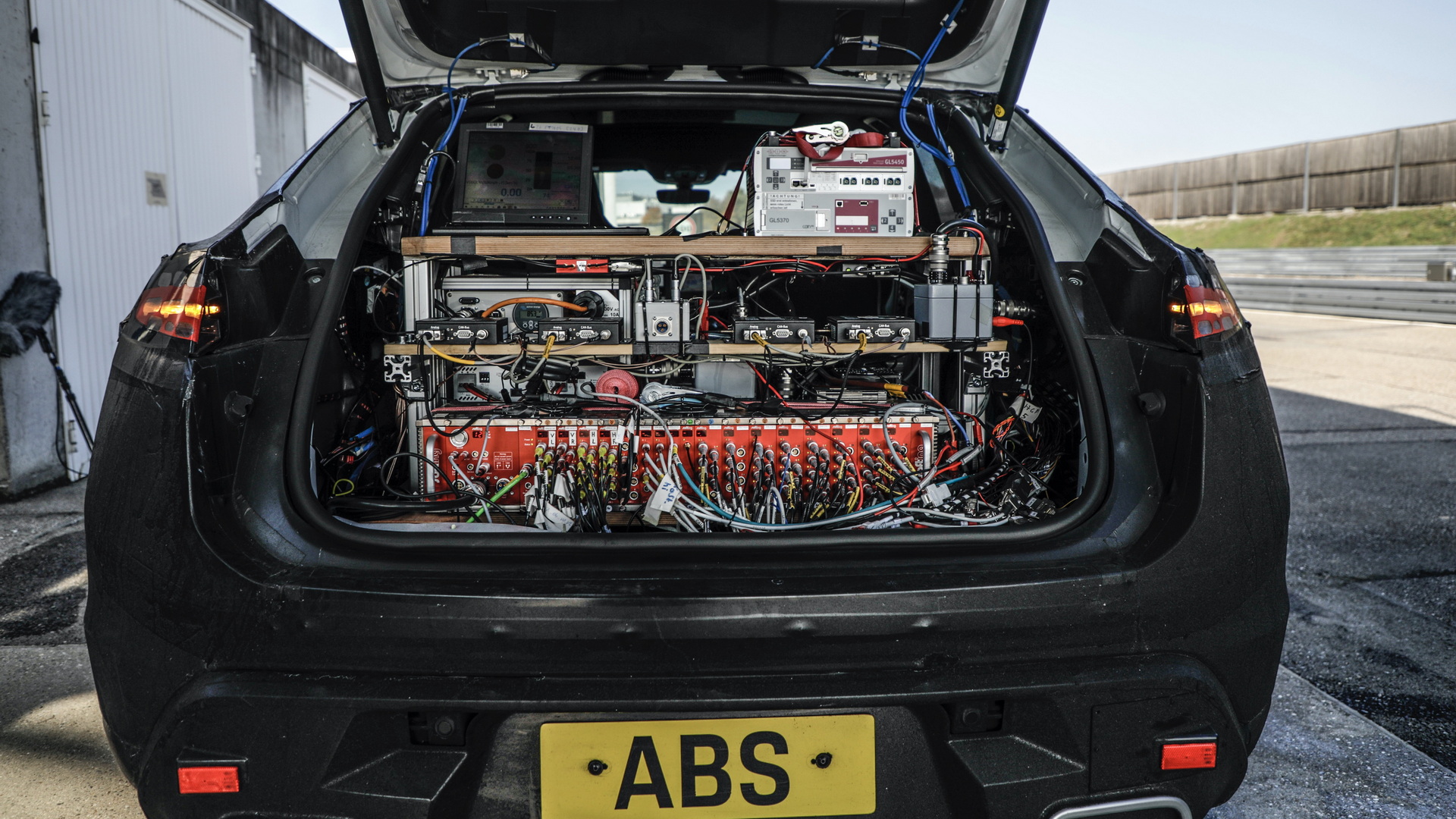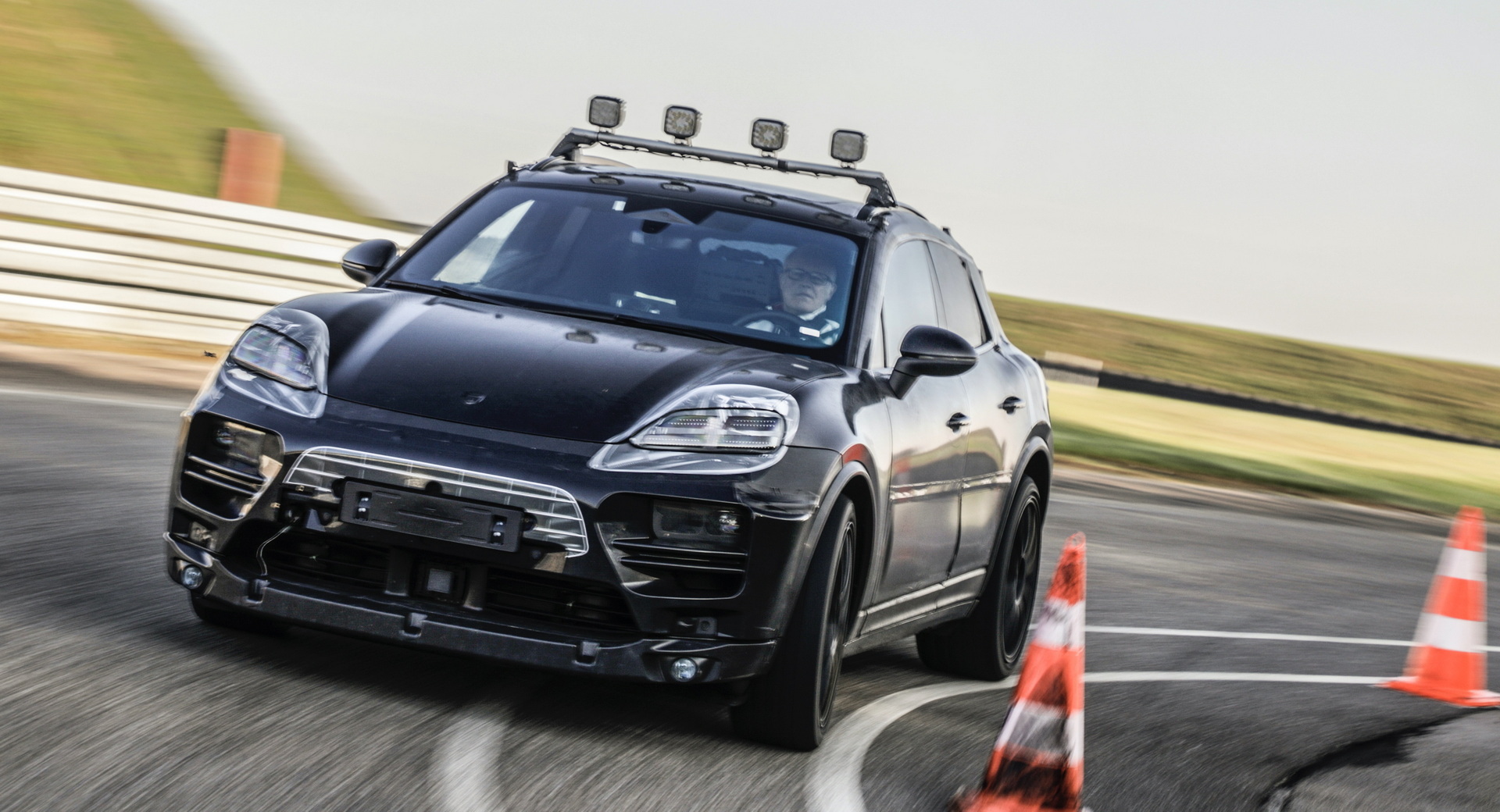We’ve seen prototypes of the upcoming, all-electric Macan testing a few times now and Porsche has decided to give us a glimpse about how its upcoming SUV is being developed.
Although much of the Macan’s testing happens virtually, real-world testing is still crucial, says Michael Steiner, a member of the Porsche management board.
“Endurance testing on closed-off testing facilities and public roads in real-life conditions is still indispensable to ensure that the vehicle structure, operational stability and reliability of hardware, software, and all functions meet our high-quality standards,” he explained.
To make it to this point, though, it first goes through virtual testing. According to Porsche, it saves both time and money by allowing engineers to do early tests on digital prototypes. The automaker says it has 20 digital prototypes of the electric Macan in its systems to serve different development categories.
Read Also: Electric Porsche Macan Spied For The First Time, Adopts A Coupe-SUV Body
That means that each department (energy management, operation and acoustics, aerodynamics, etc.) can have its own model. To ensure that everyone is moving in the same direction, the data is regularly brought together to make sure that the sound engineers, for instance, aren’t asking for something that would make the aerodynamicists shudder.
Indeed, the aerodynamicists are among the first to create a model of a test car.
“We started with a flow-around model when the project first started about four years ago,” reports Dr. Thomas Wiegand, Director of aerodynamics development. “The digital world is indispensable to the development of the all-electric Macan.”
Especially for an EV, aerodynamics are very important. With range expectations high and the price paid in batteries heavy, ensuring that an EV is as slippery as possible can make an enormous difference.
The challenge is to also get enough air over the batteries to keep them in their ideal temperature of 20-70 degrees Celsius (68-158F). That’s much cooler than internal combustion drivetrains, which usually operate between 90-120 degrees Celsius (194-248F), depending on the component.
From there, early physical prototypes can be created. These are expensive, though, so the company has to be sure that the testing they complete with it will be fruitful. The flow of information goes both ways, though; not only will the first prototypes validate the virtual testing, but the information gathered with them will be thrown back into the simulation to help make future tests better. And that’s important because Porsche has big hopes for the Macan EV.
“Like the Taycan, the all-electric Macan, with its 800-volt architecture, will offer typical Porsche E-Performance,” says Steiner. “The all-electric Macan will be the sportiest model in its segment.”
Porsche will introduce the Macan EV, the first vehicle it will make on the PPE platform, in 2023. It will follow the release of the new ICE-powered Macan later this year.




